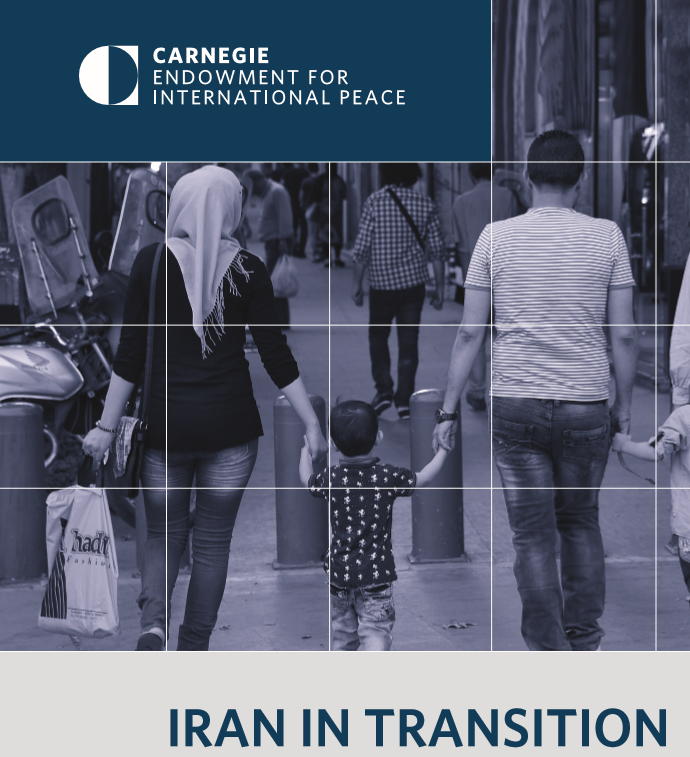 Iran in Transition: The Implications of the Islamic Republic’s Changing Demographics
Iran in Transition: The Implications of the Islamic Republic’s Changing Demographics
Richard Cincotta & Karim Sadjadpour
In the late 1980s, Iran’s revolutionary government deployed a series of contraceptive and counseling services that would become one of the world’s most effective voluntary family planning programs. The country’s total fertility rate—the average number of children an Iranian woman could expect to bear during her lifetime—fell from five and a half at the program’s inception to two children per woman about a decade later. Consequently, Iran has entered an economically advantageous demographic window of opportunity, during which its working-age, taxable population outnumbers children and elderly dependents. This transition has important implications for the country’s economic and political trajectory, as well as for U.S. policy toward Iran.
Iran’s Changing Demographic Profile
- Iran’s current age structure is mature compared to most Middle Eastern populations, but substantially younger than those of Japan or European states.
- This window of opportunity allows Tehran to pursue growth-friendly policies and reforms that harness its rising stock of human capital, much like the fast-growing East Asian economies that transitioned to low fertility before the Islamic Republic.
- Iran is traversing its demographic window relatively quickly—UN projections suggest that these favorable economic conditions will likely last until sometime between 2040 and 2045. Before then, Iran faces pressure to reform the country’s broken social insurance system and prepare its healthcare system for a future, just twenty-five years away, when one in five Iranian adults are projected to be over sixty-five years old.
- Despite the Iranian government’s latest attempts to encourage higher fertility, recent analysis of the country’s 2016 census suggests that Iran’s total fertility rate remains near two children per woman.
Strategic and Policy Implications
- Demography is not destiny. Like natural resources and human capital, favorable demographics must be managed properly. Iran’s economic trajectory may rest on whether Tehran prioritizes its revolutionary ideology of anti-Western resistance, or instead pursues greater economic and political reintegration.
- Tehran’s security establishment often views foreign investment, local entrepreneurs, and multinational corporations with suspicion. Until that changes, the business-friendly policies and coveted foreign investment that drove tremendous growth in East Asian economies will likely remain constrained in the Islamic Republic.
- The benefits of Iran’s favorable demographics may be squandered if the country continues to hemorrhage its top minds and fails to proactively reform social services. Some Iranian officials estimate that 150,000 educated Iranians emigrate abroad annually, costing the country over $150 billion per year.
- As Iran’s youth bulge dissipates and the country’s median age increases, the population will likely become increasingly averse to risky, violent confrontations with the regime. Consequently, political changes in Tehran could move more slowly than Washington might wish.
